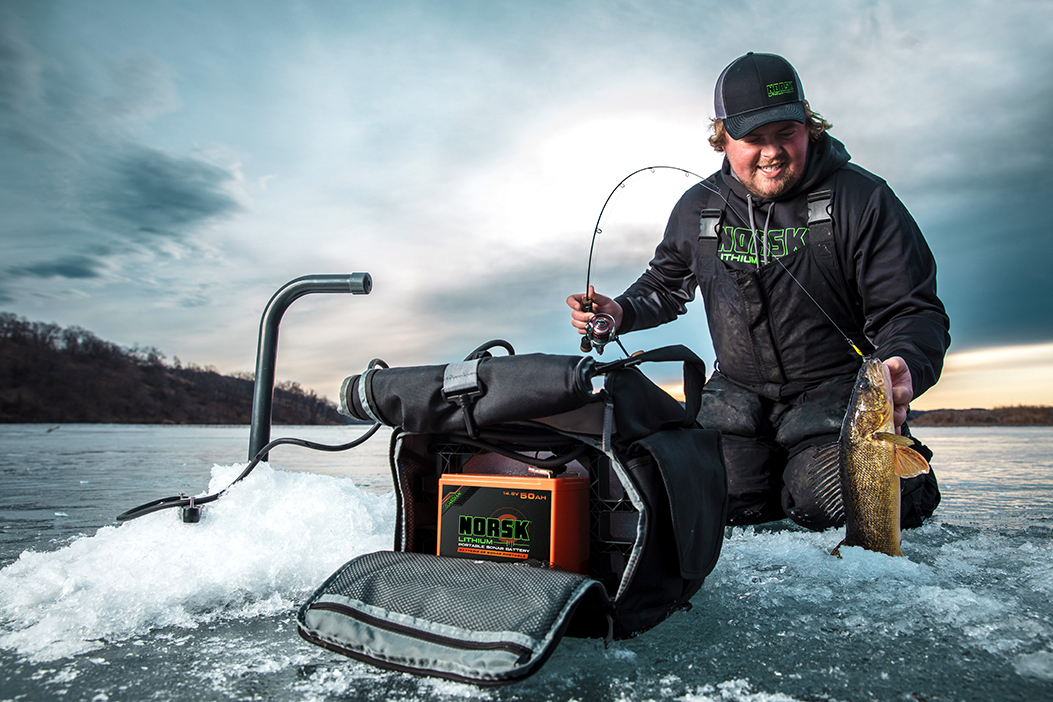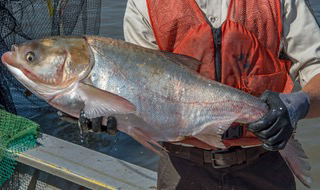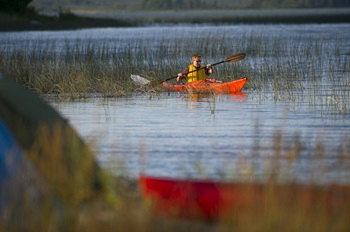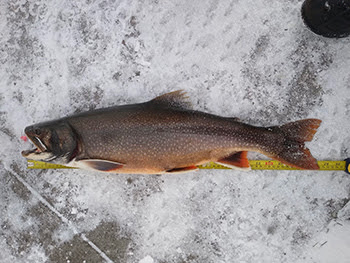Re-Imagined, Re-Engineered: Portable Sonar Batteries

“Everything about our portable battery line-up has been re-designed and improved,” says Norsk Lithium VP of Strategy & Development, James Holst. “And we’ve been able to make all of the improvements to the features, internal components, and overall safety of our products without having to raise our prices.”
Starting with the 14.8 volt line, over the past couple of years discerning anglers have gravitated to Norsk’s higher voltage “orange” batteries due to the increased efficiency and longer runtimes for running everything from 7-inch displays up to 15-inch screens with live imaging/FF sonar and MEGA 360.
The first feature the company has added is Bluetooth® technology, allowing users to connect to the battery via the Norsk Guardian® app, providing anglers the runtime calculation to determine how much longer they can keep their sonar units powered. Read more






 Through mass marking assistance by the U.S. Fish and Wildlife Service, Great Lakes states mark popular gamefish like steelhead, Chinook salmon, Atlantic salmon, brown trout and lake trout. These marks include both clipped adipose fins and coded-wire tags.
Through mass marking assistance by the U.S. Fish and Wildlife Service, Great Lakes states mark popular gamefish like steelhead, Chinook salmon, Atlantic salmon, brown trout and lake trout. These marks include both clipped adipose fins and coded-wire tags.



